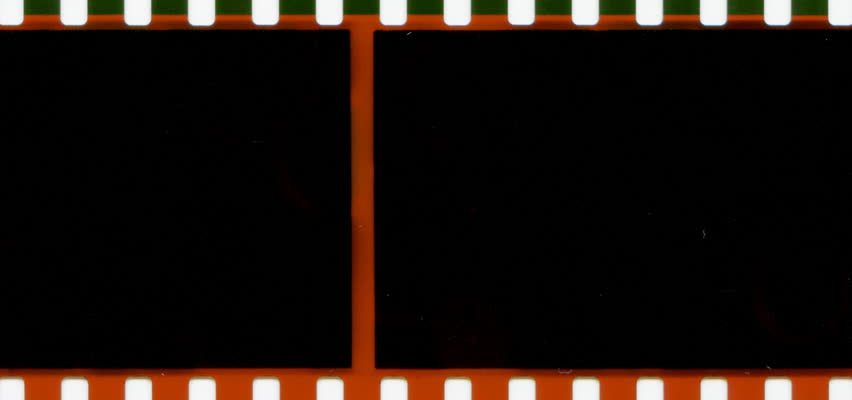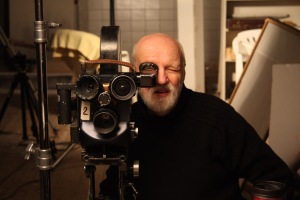Editing is an incredibly important part of the film industry, as it is the action that blends images and sounds together to make the audience feel emotionally connected to the film. Video editing is undoubtedly one of the most important job roles whilst creating a movie. Despite this, the mark of a perfect editor is when the cuts are less noticeable, the art of editing often goes unnoticed, and overshadowed to the directors and actors. Here i am going to describe why film editing is as important as it is.
At first, films were not edited, it was simply one, usually rather short shot with everything taken together, here is an example of an early film with no editing within it, in this case it being the 1894 film, ‘Carmencita’:
Development of Editing
Film Editing began in a 12 second long movie from 1895 entitled ‘The Execution of Mary Stuart’. The film was directed by the British-American pioneer of film Alfred Clark, whom produced and directed it as part of Thomas Edison’s film company. This movie has a single edit, and shows the beheading of Mary Stuart (otherwise known as Mary, Queen of Scots), the edit replaces the actress with a mannequin, as the axe is lowered and cuts off her head.
Below is the aforementioned film:
The first director to really take advantage of film editing is Edwin S. Porter, whom directed 1903’s ‘Life of an American Fireman’, and ‘The Great Train Robbery’. The previously mentioned ‘Life of an American Fireman’ from 1903 pioneered many film techniques, including perhaps most prominently, ‘Cross-Cutting’. It edits the action from the exterior and the interior together, showing the firefighters outside, and the mayhem of the fire burning inside the building simultaneously. It is also considered of historical significance due to it building a continued narrative throughout. The film is linked below:
The previously mentioned ‘The Great Train Robbery’ is also considered to be very important in the history of film editing, it used many unconventional techniques such as ‘Composite Editing’, and alike ‘Life of an American Fireman’, has ‘Cross-Cutting’, as two scenes happen simultaneously. This is linked below:
Both of these Edwin S. Porter movies were added into the United States National Film Registry in the Library of Congress for being “culturally, historically, or aesthetically significant”. Deservedly so for the huge impact it has had on the film industry is a wonder to behold.
Alfred Hitchcock’s 1948 Psychological Crime Thriller ‘Rope’ is another pioneer in film editing, as it is supposed to appear as a seamless one shot production. This was done by hiding the cuts (few as they may be) through various simple, yet ingenious ways, such as a character walking past the camera, covering the whole lens, so that they could start the next shot by just having the character covering the lens again, having them walk away and continuing the scene. This movie also used ‘In-Camera Editing’, which is when the film is shot in order, from the first scene to the last. Below are all of the hidden cuts that were in this movie:
There are two different types of film editing, Analogue, and Digital. Analogue editing is the earliest incarnation, with it being the physical film negative being cut down and pasted in order. Digital film is the more modern version, with it being edited by computer, using software’s such as ‘Final Cut Pro’, ‘Lightworks’ or ‘Adobe Premiere Pro’, making the process simpler, and almost definitely faster.
Purposes of Editing
The main purposes of editing is to tell a story, no editing would make it incredibly difficult to do so, with exceptions of one-stop movies such as ‘Russian Ark’. Russian Ark was filmed entirely with one take, but this unfortunately means that the choreography is much more difficult and stressful, as if a single mistake is made, they have to start shooting the film all over again.
Editing engages the viewer by making the production more interesting to watch, and therefore more gripping. Depending on the genre of the film, the purpose will be different, for example a thriller will build up suspense through the editing, often using longer shots than perhaps an action film, which is edited very quickly.
Editing can also be used to make a film go with the rhythm of it’s soundtrack, for example, D.W. Griffith’s 1915 movie ‘The Birth of a Nation, where the cross cutting cuts to fit it’s soundtrack, it is linked below:
Editing also combines shots into sequences, this is the combining of different shots to make them flow together into a single scene/sequence. The smoothness of the sequence depends on the quality of the edit itself. In order to do this, the untrained eye shouldn’t even fully notice an edit has happened. The finer the edit, the less noticeable the contribution of the editor is, which I have always found ironic, and a shame, as the editor is undoubtedly the most important person when it comes to post production of a film.
Development of drama can be achieved through a successful edit, this is where the drama is shown to progress through the way the film has been edited. This is most often done through reaction shots of characters, and these shots are often close ups, or even extreme close ups, so that the expressions of the people are very clear and noticeable. Long shots are also often used to build up tension and suspense in a film, an example of this is in 2006’s ‘Children of Men’, where everything for a short while appears to be well, which is strange considering this world is clearly dangerous, and makes it clear to the audience that soon enough something will happen. This scene is linked below:
Conventions and Techniques of Editing
The editing techniques and conventions that are used to make a film work and tell a story include the 180 rule, which dictates that the camera must be on the same half of the space, not crossing over 180 degrees, as this would disorientate the viewer, making the positions and places of things more difficult to understand.

Another technique is montage, this is where a long period of time is shown in a short sequence of edits, clearly showing progression in time. This is commonly used in boxing movies such as 1976’s ‘Rocky’, where his training is shown in a short montage, and it is clear at the end of it that the training has paid off, and that he is now ready for his fight. I have linked this clip below:
Another technique is the ‘Point of view’ shot, which shows events from the viewpoint/perspective of a person. This is effective as it makes you feel like you are that character, and are experiencing what they are. A very important technique and one of the most common, is the ‘Transition’, which helps to end one scene, and begin the next, through a fade, or a wipe for example. If it were a flashback scene, a wave effect would most likely be used, as over time it has become a common convention of flashback scenes.
Providing and withholding information from the viewer is an important technique too. This is where the editing makes the audience want to watch it to either piece information together that has been given, or keep watching to find out information that is to come. An example of each of these is Christopher Nolan’s ‘Memento’ for the providing information, which is edited in such a confusing, non-linear way, as to disorientate the viewer, whilst giving them all of the information, making them want to piece it all together.
For the withholding information is ‘The Proposal’, where it is being withheld whether the Ryan Reynolds and Sandra Bullock’s characters are going to get into a relationship or not, this is alike many Romantic Comedy films.
I’m hope that now it is understood as to why film editing is so important to get a successful narrative and show the movie as effectively as it is intended to do so to it’s audiences.

